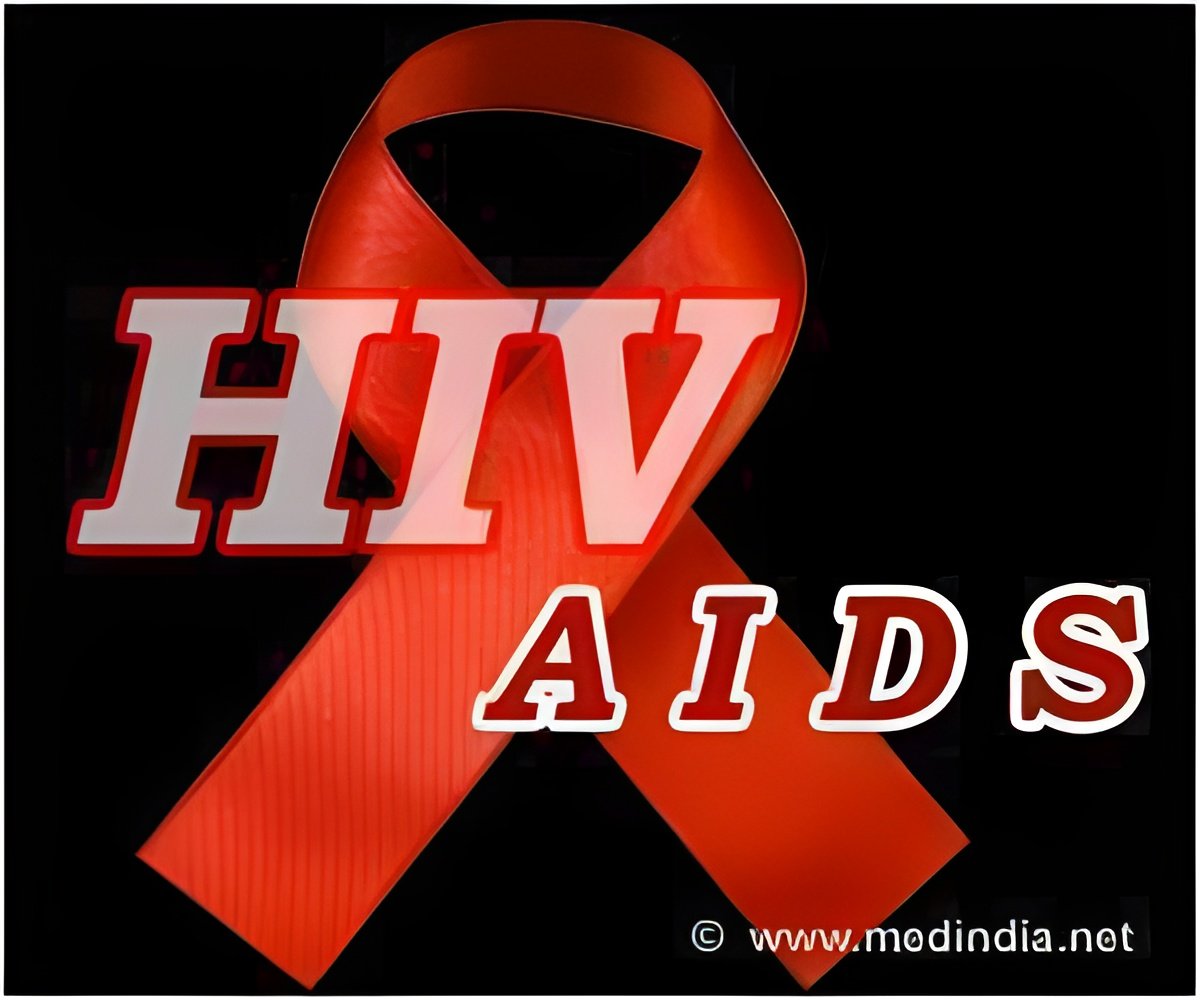The first month after infection is the key period to control the spread of the virus in drug-using populations.

‘Without the right interventions, the spread of HIV among drug-using populations is a public health timebomb.’





HIV epidemics in people who inject drugs have been on the rise in recent years, including cases in Indiana, USA and Glasgow, UK, raising the question of which measures should be prioritised by authorities - particularly in regions with limited resources, such as the recently affected areas of the Middle East, northern Africa and southeastern Asia. The research is published in the journal AIDS. Lead author Tetyana Vasylyeva, a doctoral candidate in the Department of Zoology at Oxford University, said: 'The HIV epidemic among drug users in Russia and Ukraine following the collapse of the Soviet Union is the biggest of its kind ever recorded. From around only 50 cases per year by 1993, the epidemic grew to several thousand cases in 1994. By the end of the decade, over 1 million people were infected across the two countries -- the majority of them drug users.
'There was very little in the way of a preventive effort in this epidemic, which makes it a good model to study.' The researchers analysed all publicly available HIV genetic sequences sampled in Russia and Ukraine from 1993 to 2013 and combined this information with UN prevalence estimates relating to the epidemic. They fed this data into complex mathematical models to allow them to reconstruct the history of the virus and predict, based on the transmission timeline, which interventions would be most effective among drug users. During their analysis, the researchers found that each HIV-infected drug user infected another ten people with the virus, with the infection generally being passed on within the first month of it being contracted.
Tetyana Vasylyeva added: 'Without the right interventions, the spread of HIV among drug-using populations is a public health timebomb. 'While it's still very important to get recently infected people into treatment, we have shown that harm reduction measures are crucial to controlling the spread of the virus. Treatment on its own is not effective enough.'
Senior author Dr Gkikas Magiorkinis, also of Oxford's Department of Zoology, said: 'Drug users are a very difficult group in which to study the transmission of infections such as HIV. We have shown that there is a crucial window of intervention when a potential epidemic can be controlled.
Advertisement
Source-Eurekalert














